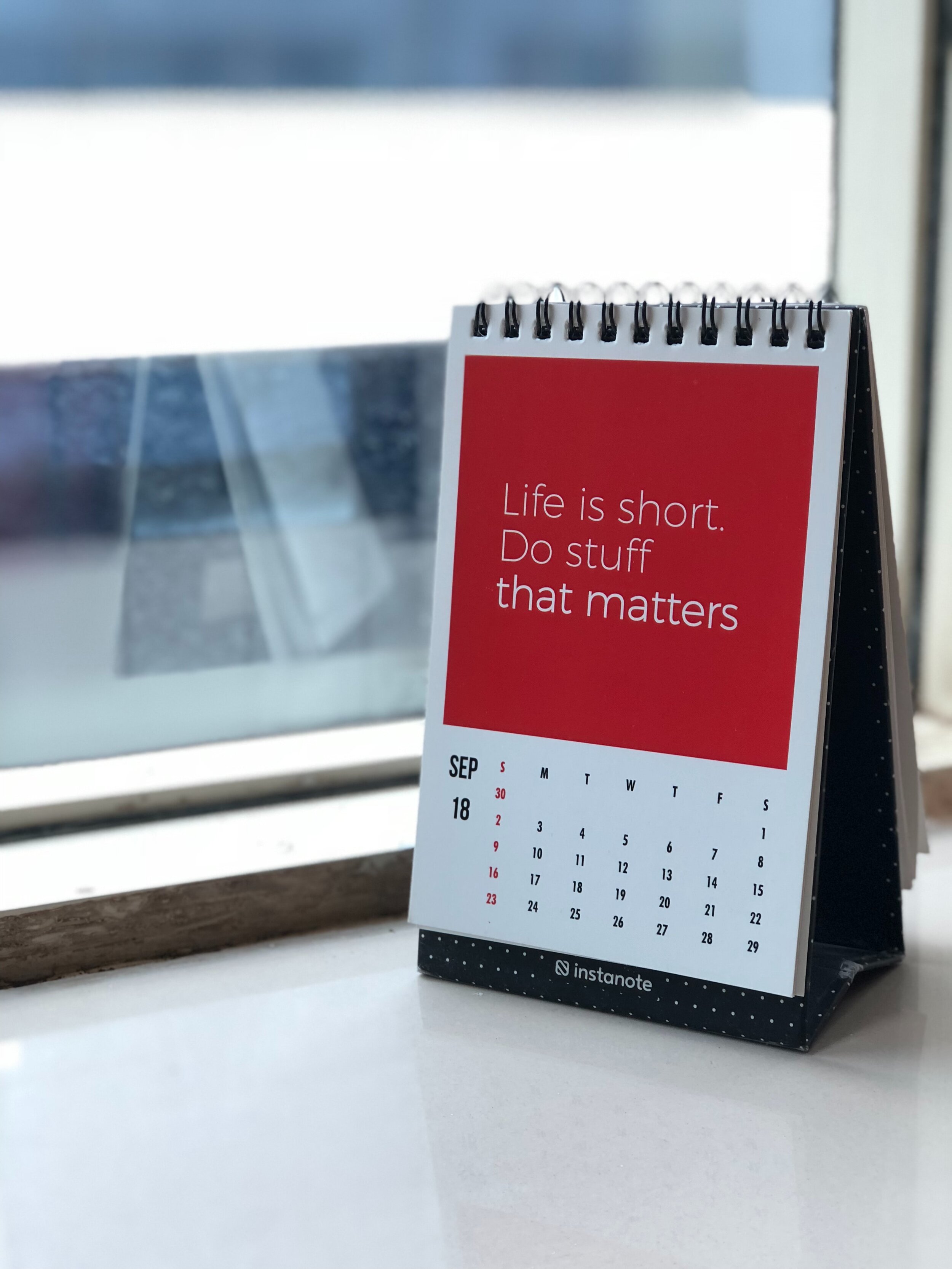Redefining Passion with Acceptance and Commitment Therapy
Jill Stoddard
by Annabelle Parr
Passion is supposedly a value touted by our culture: you should be passionate about your work, your partner, your children, your major, the things you fill your free time with, etc. But what does this actually mean? The way it is framed, it seems that passion is synonymous with happiness. It’s just one more layer of the larger societal message – fed and sold to us in myriad ways – that we should be happy on an ongoing basis, and that discomfort (anxiety, sadness, fear, stress, grief, etc.) is a sign that something is wrong and we need to fix it.
This colloquial use of the word passion seems to suggest that happiness is not a fleeting emotion like any other, but rather a superior, potentially permanent state of being to be achieved. After all, if you are passionate about something, it means you love it. All. The. Time. Right?
Plot twist: passion literally translated actually means suffering—it comes from the Latin pati meaning to suffer
The true meaning of passion flips our happiness-obsessed culture on its head. If passion means to suffer, then saying follow your passion does not mean that you will be perpetually stoked to go to work. When we promote the value of passion with our partners, it doesn’t mean you will be forever on cloud-nine-oxytocin (a.k.a. love hormone)-high. When we advocate for passion when it comes to parenting, that doesn’t mean that you will think your kids are the cutest thing on the planet, incapable of doing any wrong, 24/7. When we say choose a major you are passionate about, it doesn’t mean every lecture is going to be life changing.
Okay, then what does it mean? Because surely we are not advocating for actively pursuing suffering?!
Passion, far from being about permanent happiness, is about choosing to commit in big and small ways, over and over again, to something that you have personally chosen to care about, so much so that you are willing to encounter not only joy and happiness, but also pain and suffering in its pursuit. After all, we hurt most in the areas that matter to us; if we didn’t care, it wouldn’t hurt. A life filled with passion is not a perfect life, but it is a full, juicy one.
Enter Acceptance and Commitment Therapy (ACT).
This radical new view on passion is remarkably consistent with the goal of Acceptance and Commitment Therapy, which is to foster psychological flexibility: the ability to be open, aware, and engaged in our experience such that we are able to hold our experience gently, contact what is important to us, and choose to take action in the direction of our values even when we encounter discomfort.
The ACT perspective holds that pain is not the problem. Instead, problems arise in our lives when we are not willing to experience pain – suffering is magnified by our efforts to avoid it. Paradoxically, that first distorted definition of passion is likely to lead us further and further away not only from moment-to-moment happiness, but also away from a life guided by what matters to us, as we become increasingly restricted by our mission to try to avoid discomfort.
On the other hand, when we live our lives with real passion – a willingness to suffer as we pursue our personally chosen values – life opens up to us. When we are willing to feel anxiety, grief, sadness, fear, stress, pain, and anger (all those supposedly “negative” emotions), we are also more able to experience joy, love, connection, and yes, happiness. When we cut ourselves off from feeling half of our heart, we end up numbing the whole thing. When we are willing to feel the difficult and painful feelings, we gain access to a much deeper layer of the “positive” feelings as a result.
Obviously, all of this is a lot easier said than done. Our minds are wired to problem solve, and our culture tells us that emotions other than happiness are problems. But we do not have to stay small, stuck in a life graded solely based on the percentage of moments defined by happiness. Acceptance and Commitment Therapy can give us the tools we need to be more flexible in the face of pain so that we can go about pursuing a life rich with passion, in its truest sense.
CSAM IS HERE TO HELP
If you or someone you love might benefit from cognitive behavioral therapy (CBT) or acceptance and commitment therapy (ACT) for anxiety, panic, phobias, stress, PTSD, OCD, or insomnia, or if you would like more information about our therapy services, please contact us at (858) 354-4077 or at info@csamsandiego.com












